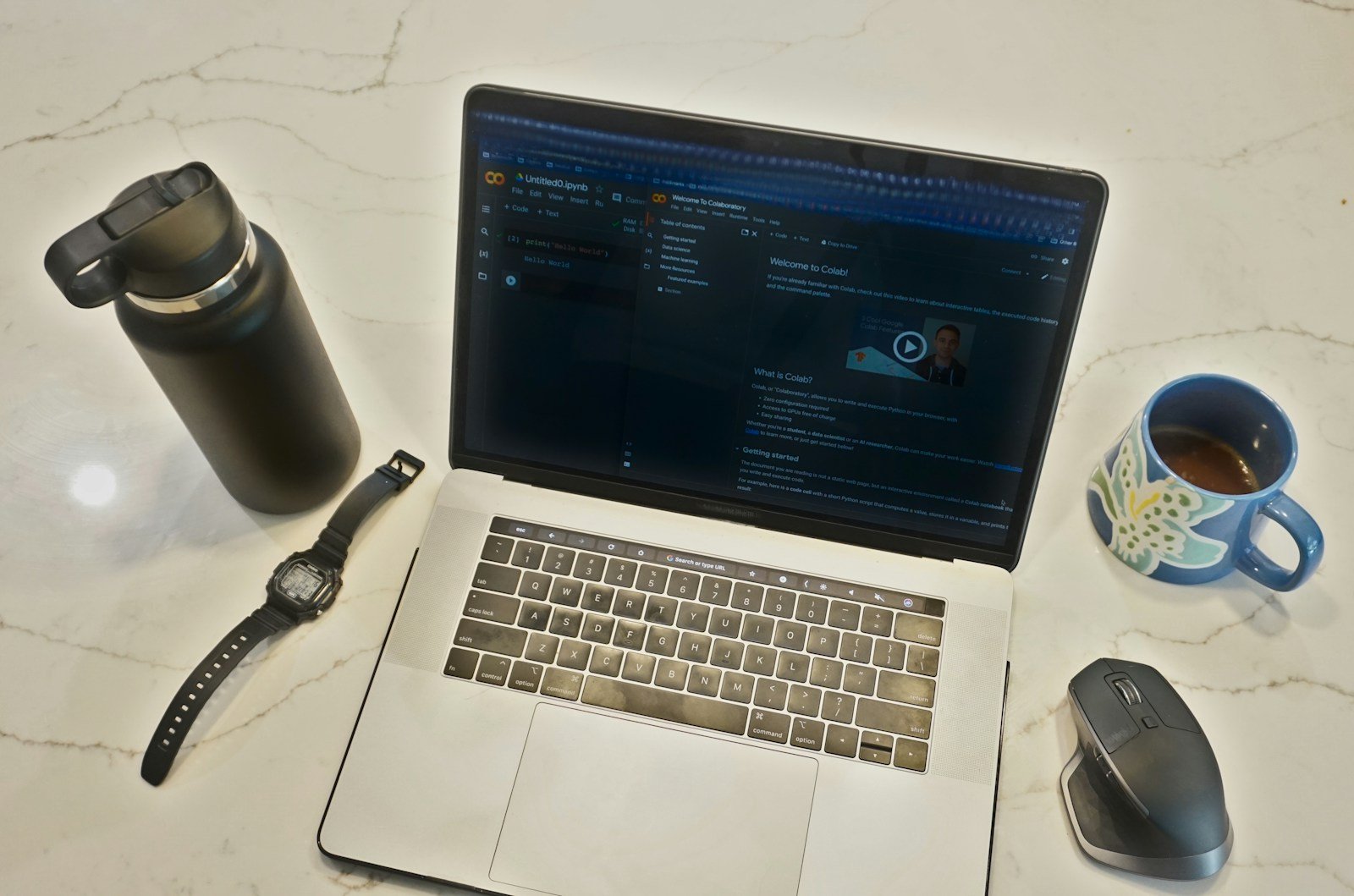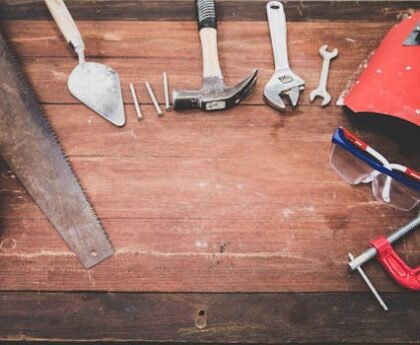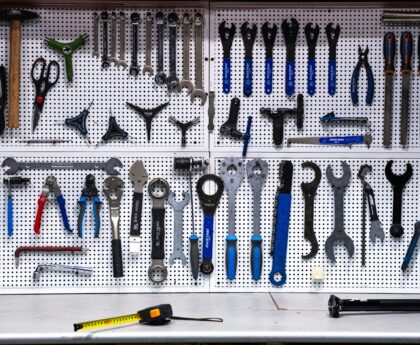For most of history, tools defined progress. A hammer shaped homes. A printing press spread ideas. A computer transformed entire industries. Today, we are watching the rise of another powerful shift. AI-powered tools are no longer reserved for researchers or corporate giants. They are entering everyday life, sitting right beside our planners, kitchen utensils, and gardening gloves. From writing assistants to design generators, artificial intelligence is becoming a helper for ordinary tasks, lifting productivity in ways that feel both natural and extraordinary.
This change is not about replacing human effort. It is about giving people new superpowers. Instead of struggling with blank pages, tangled project plans, or complicated designs, we now have digital assistants that offer suggestions, structure, and speed. In other words, AI is moving from boardrooms into bedrooms, from offices into garages, from specialized labs into kitchens and gardens.
Smarter Work, Smoother Days
The first area where AI tools shine is in daily work. Writing assistants help draft emails, create reports, or polish presentations in minutes. Planning apps generate timelines, assign tasks, and even adjust schedules when things change. Small business owners use AI-driven marketing tools to design flyers, write product descriptions, and analyze customer trends—all tasks that once required outside experts or endless hours.
For freelancers and creators, AI has become a partner. Graphic design once required expensive software and years of training. Now, design generators can create logos, posters, or social media graphics with just a few prompts. Musicians experiment with AI that suggests melodies. Podcasters use tools that edit audio automatically. Instead of slowing down at technical hurdles, creators spend more time on ideas and expression.
Even students and lifelong learners benefit. AI tutoring systems explain math problems step by step, summarize long readings, or test knowledge with quick quizzes. The effect is not about cutting corners. It is about learning in ways that fit each person’s pace and style. Tasks that felt heavy suddenly feel lighter, freeing up energy for deeper thinking.
Beyond the Desk: AI in Hobbies and Home Life
The reach of AI-powered tools extends far beyond professional work. They are quietly slipping into personal toolkits, making everyday life smoother and sometimes more fun.
In the kitchen, recipe generators suggest meals based on what you already have in your fridge. Some even adjust recipes for dietary needs or portion sizes. Voice-guided cooking assistants walk you through steps in real time. The result? Less food waste, more creativity, and fewer stressful dinners.
In the garden, AI-powered plant care apps identify pests, suggest watering schedules, and even help design layouts for small spaces. For hobbyists who once relied on trial and error, these tools offer gentle guidance that turns frustration into joy.
DIY builders are also tapping into AI. Need to remodel a room? AI design apps generate layout ideas, color palettes, and even cost estimates. Home repairs become less daunting when an AI assistant can guide you with visual instructions tailored to your project.
These examples reveal a larger pattern. AI tools are not only for offices and industries. They are becoming as ordinary as hammers, screwdrivers, or measuring cups—simple helpers that expand what we can do.
A Cultural Shift in How We Use Technology
The spread of AI-powered tools marks a cultural turning point. Technology is no longer something that only experts can command. It is something anyone can tap into, regardless of training.
This shift mirrors past revolutions. When electricity first arrived, it began in factories before reaching homes. When personal computers emerged, they transformed from business machines to household essentials. Today, AI follows the same path. It started in labs and corporations, but it now flows into our daily routines.
One key difference is adaptability. AI tools can adjust to individual needs, learning from patterns and preferences. Instead of one-size-fits-all, they offer personal fits. That makes them not only powerful, but welcoming. They don’t demand technical skill. They invite exploration.
Another change is accessibility. Many AI-powered tools are free or low-cost. Cloud platforms put them within reach of anyone with a smartphone or laptop. This democratization is what makes the current wave so different. A small bakery can now use the same level of branding support once only available to large corporations. A student in a small town can access tutoring as advanced as what a city school might offer.
But this also raises important questions. How do we balance ease with accuracy? How do we ensure that creativity still comes from humans, not just machines? These are challenges we must face together. Yet the direction is clear: AI is weaving itself into the fabric of ordinary life, tool by tool.
Everyday Tools, Extraordinary Possibilities
The rise of AI-powered productivity is not about distant futures or science fiction dreams. It is about now. It is about writing an email faster, cooking dinner with fewer headaches, learning a skill with clearer guidance, or designing a project without fear of mistakes.
We are at the beginning of a new relationship with tools. Just as past generations once marveled at electricity in their homes or computers on their desks, we are experiencing the marvel of intelligent helpers in our daily routines. The excitement comes not from replacing what we do, but from expanding it.
When we think of AI in this way—as a simple, everyday tool—it feels less intimidating and more inspiring. It becomes something we can all reach for, whether in the office, the kitchen, the workshop, or the garden.
Unlocking the Next Chapter of Human Ingenuity
As AI-powered tools continue to spread, they remind us of a truth that spans history: tools do not define us, but they amplify us. They help us dream bigger, work smarter, and live with more creativity.
This new wave is not about machines taking over. It is about people gaining new ways to shape their world. Every recipe created, every design drafted, every project managed with AI is a reminder that progress happens when human imagination meets helpful tools.
Together, we are stepping into a chapter where intelligence—once limited to people—now flows through the tools we use. And just like the hammer and screwdriver before them, these tools are set to become part of everyday life, unlocking possibilities we are only beginning to see.




